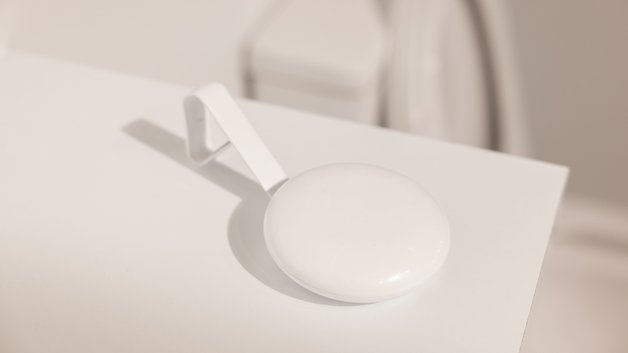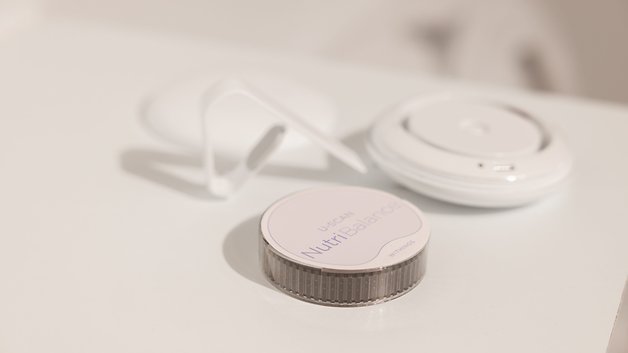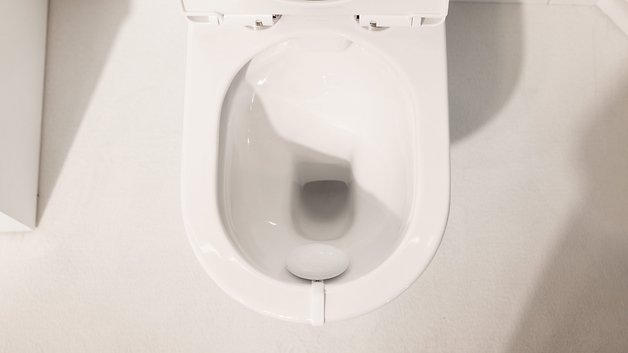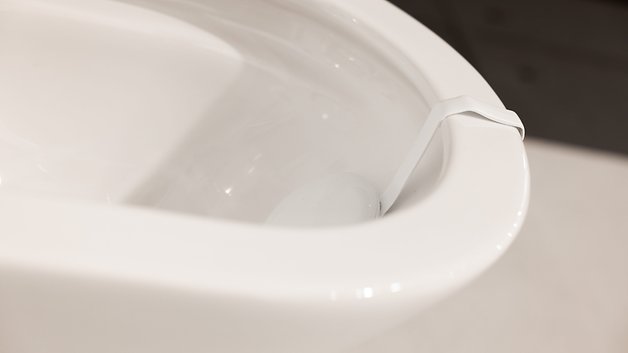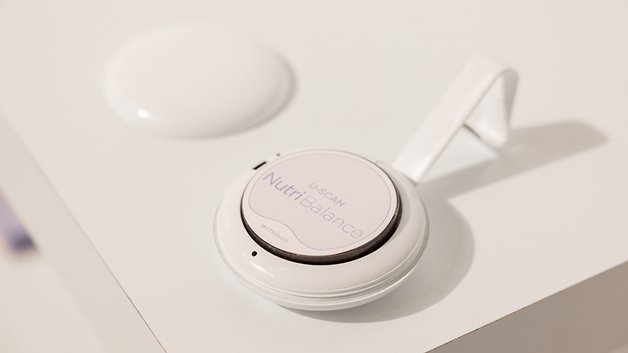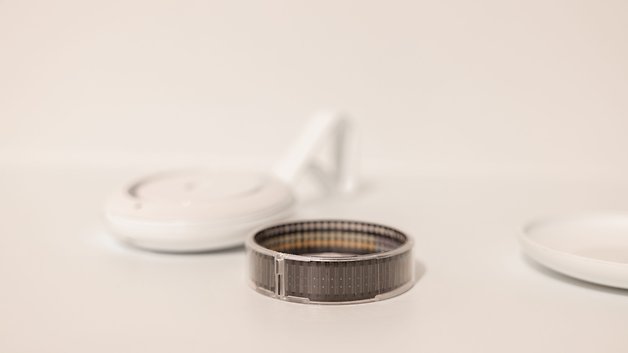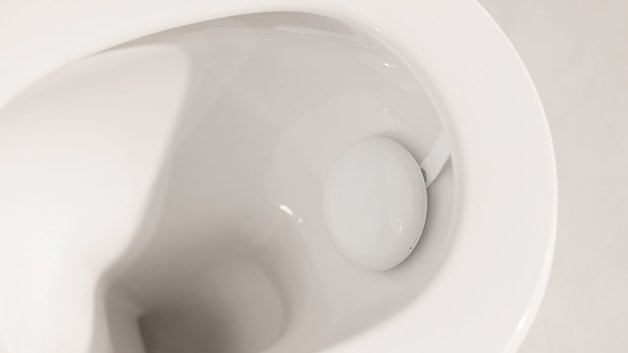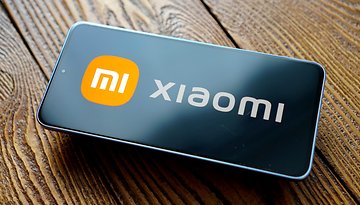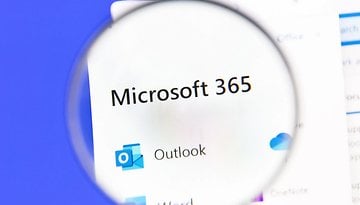Inside Withings' Vision: Turning Your Home into a Doctor's Dream Lab
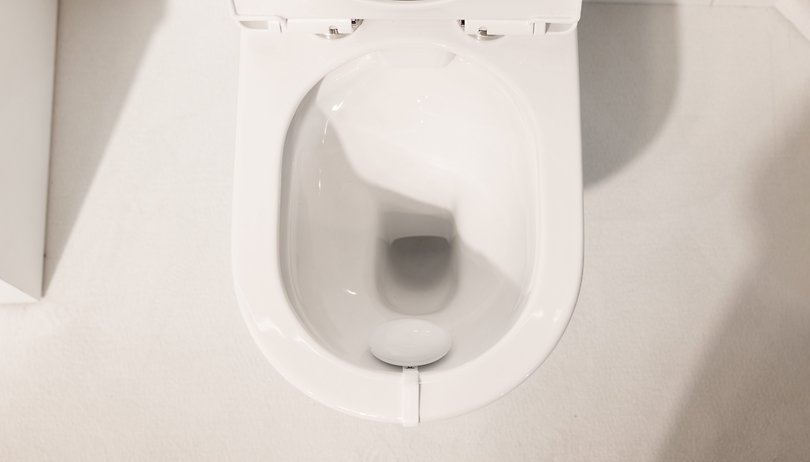

Read in other languages:
On a Friday night, I took my bike and rode from Friedrichshain to Mitte. It was still IFA season, and Berlin was once again at the center of the technology industry. I was headed to a Withings event in the back of another historic building in Berlin. I hadn't expected much, so perhaps that's why I was completely taken aback.
For those observing from the outside, Withings might seem like just another company that sells hybrid watches—a classic watch with added smart features. Well, they're not wrong, as Withings has just announced the next generation of their hybrid watches: the ScanWatch 2 and ScanWatch Light. But Withings offers more than that.
The company was acquired by Nokia in 2016, only to have the health division bought back two years later by the original co-founder, Éric Carreel.
At the Withings event, the atmosphere was permeated by a celebratory energy, even though many tired faces could be seen around. It's not surprising, given that the team concluded their development cycle this week with the release of the new hybrid watches.
Suddenly, someone grabbed a microphone and requested everyone to go to the main room in the building to hear the co-founder's speech.
There was Éric Carreel, sharing his enthusiasm for the new products and presenting some of the company's plans for the future: Withings Remote Patient Monitoring. This solution uses smart devices like scales and blood pressure monitors to gather health data from patients at home. This data is sent to a cloud where healthcare experts analyze it. RPM can track conditions like heart disease, diabetes, and high blood pressure.
At this point, he already had my full attention. However, something I can only describe as fascination hit me when he excused himself to thank some members of his company. Then I thought to myself, "That's unusual."
One of them was Matthieu Menanteau, Head of Product at Withings, and the person I was there to interview. I spotted him with other members of the team. All were young, with tired yet satisfied faces, smiling with joy.
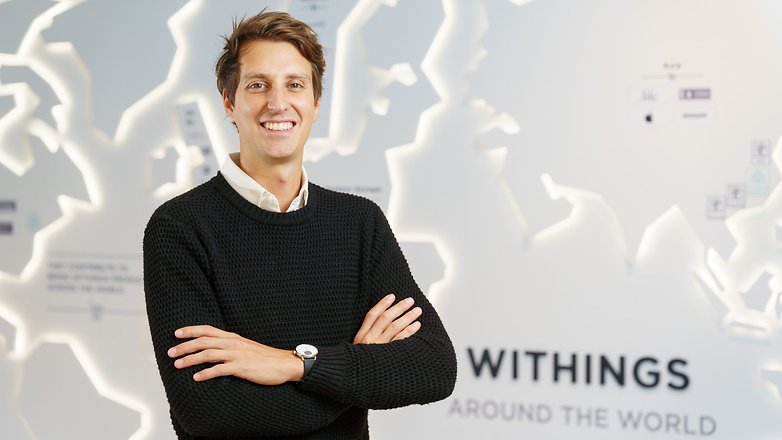
Matthieu started at Withings eight years ago as a mechanical engineer on the watch project. Today, he is behind all the health products that the company offers. We began our conversation by talking about his trajectory within the company, and rapidly I came to understand one thing: he loves what he does.
So we know we have the right hardware and the right software!
For this interview, I was interested in understanding why it took so long for a health company to introduce a basic feature like menstrual cycle tracking to their core products only now. And above all, what's delaying the release of the U-Scan device, announced at CES 2023? However, we touched on a myriad of other topics.
nextpit: Congratulations on the recognition; it's quite unique for events like this. I'd like to take this opportunity to directly ask: What guides you and your team?
Matthieu Menanteau: We operate on three pillars. The first is design, which Eric touched upon today. It has to be beautiful because you have to love it. You have to love it, especially since you'll wear it every day. Otherwise, the engagement and retention rate of your product usage would fall, and then it won't be meaningful to your whole health journey. That's the fundamental aspect.
The second pillar is to be easy to use. The one thing we have to respect is not introducing new gestures. For the watch, you simply wear it. For the scale, you step on it, just like any other. The sleep mat requires a one-time installation, and after that, there's nothing else to do. The urinalysis? Just clip it onto your toilet bowl, and you're set. Introducing something unfamiliar creates a learning curve, and many people, by nature, are likely to give up.
So, the essence is to create something both beautiful and user-friendly. Our third pillar is meaningful data. We aim to collect powerful, medical-grade information through non-invasive means. So it's through the bare feet, it's through the wrist, it's through the urine, it's through the mattress. We consistently seek technological advancements that allow measurements to be taken subtly, in a non-invasive manner, and continuously.
Longitudinal data is crucial. And I think people are getting to understand the importance of longitudinal data. Before the COVID pandemic, educating people about the importance of health tracking was a challenge. There is the white coat effect, where you don't do well, or you do too well, it depends.
With our tools, however, it's now possible to do the measurements at home seamlessly and continuously, and you see trends, personalized trends, your own baseline, and this is important.
Eric mentioned earlier the Withings Remote Patient Monitoring platform, our B2B solution. This interface effectively bridges the gap between patients and doctors. Through a unified dashboard, medical professionals can pinpoint any anomalies in home-based patient data. And this is precisely what we are trying to do with longitudinal data capturing.
On that note: The menstrual cycle tracking feature was released just now, right?
It's a brand-new feature. And it will be available in mid-September, with the launch of the new app version. Because it's an app and a watch feature.
What took you so long to offer the cycle tracking?
The bottom line is resources. The reality is that we're a relatively small company with an expansive roadmap. We introduced the U-Scan at CES, an urinalysis device, which we now need to ship in the coming months. In June, we revamped our entire scale range, introducing three new scales. Today, we launched two new watches, and we're set to release a new product at CES 2024.
The development of cycle tracking was originally tied to the U-Scan cycle. Our initial experience came from the urinalysis tailored for women, as it incorporated the LH (Luteinizing Hormone) biomarker. However, as we realized the watch would be available before the U-Scan, we decided to release the cycle tracking feature and not wait for the U-Scan release in 2024.
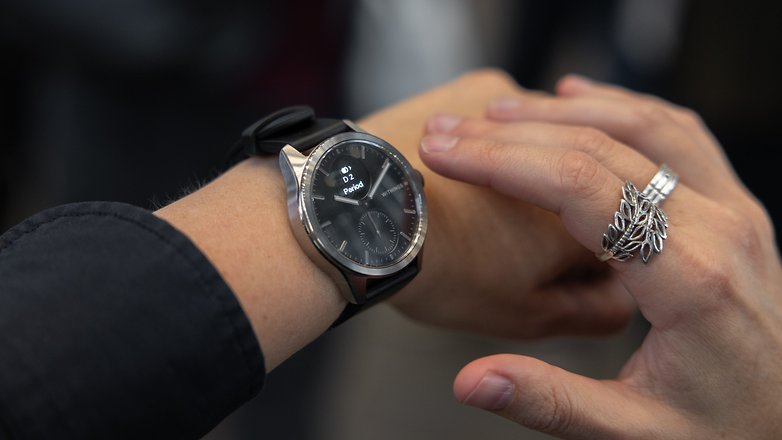
After you released the new ScanWatch series yesterday, I had a conversation with your colleague, Morgane Descat, about the distinction between being a "health" company and a "wellness" company. Where would you place Withings?
We're heading towards the health space. The idea is to have medical-grade data that is both FDA and European Union approved. But we can’t do it on all metrics at the same time, mainly because of resources. So we are choosing the more meaningful ones, and the ones that are also understood by the general population.
On the watch, for instance, we have three clearances. The ECG, it provides a 30-second report with AFib detection when an ECG tracing is recorded. We have the SpO2, a medically validated blood oxygen report.
And we have the arrhythmia detection, a proactive function that uses the light sensor (through PPG) to scan your heart rate every 10 minutes when possible. If it identifies an irregular pattern, you'll receive a notification.
These three functions are medically approved. Regarding the recently released temperature tracking, we're collaborating with a Swiss company. They already have a niche device, certified in Europe for fever detection.
So we know we have the right hardware and the right software. Our approach emphasizes simplicity and clarity; the user interface should be intuitive for anyone. Many companies over-complicate this aspect.
Simplifying the data presentation is time-consuming. Achieving medical approval for a device or data metric takes even longer. Thus, we strategically partner with established companies and suppliers who have demonstrated their efficacy in the field. Our focus is always on what's essential.
My point is: We're diving deep into the health sector. However, it's crucial for us to also incorporate other meaningful metrics for users. Some of these metrics, like heart rate and respiratory rate, are still unregulated and belong to the wellness category.
Interesting fact: Withings initially gained recognition for introducing the world's first Wi-Fi-enabled bathroom scale.
I personally find it challenging to assure my audience of the heart rate feature's reliability when some companies present this feature as a wellness option, often accompanied by warnings against using it as a medical measurement. This might stem from the fact that some of these features are, in fact, not regulated.
For those metrics that aren't regulated, we obviously can't claim they're FDA-cleared. What we can offer instead is evidence from our clinical studies and white papers which benchmark our performance against the gold standard. Specifically, for metrics like heart rate and respiratory rate, we provide white papers detailing our performance upon request.
That's the way we work. In reality, it's the only feasible method because developing our algorithms requires building robust datasets. And to curate these datasets, we need genuine, real-world data. The challenges here are multiple: obtaining approvals, recruiting participants, gathering the data itself…
... Respect for data privacy...
… Exactly! As we journey into the health domain, it's essential to incorporate those wellness metrics I mentioned earlier. Even though they fall under the "wellness" category, they're still backed by clinical evidence.
Now I would like to ask you about the U-Scan. The first time I heard about it, I was amazed that such a product would be available on the market. I mean, you simply sit on the toilet, pee, and receive an urinalysis right then and there. This type of test is usually quite costly. It's truly remarkable. Could you please explain a bit about the process of creating such a device?
It began six or seven years ago. [Surprised face] Indeed, it's the lengthiest development we've undertaken at Withings. When Eric returned—because, you know, Nokia bought the company in 2016 and Eric bought it back in 2018—he had two priorities: delve into urine analysis and produce an affordable watch.
This affordable watch went on to become the market's first ECG watch, even preceding the Apple Watch. For about a year or two, we were the only ECG watch compatible with Android. Though the Apple Watch existed, it didn't offer support to Android users. This gave us a distinct edge. However, due to our modest brand recognition, our pioneering efforts remained relatively under the radar. Simultaneously, we commenced our work on urine analysis.
And it took plenty of time figuring out whether the device should be outside or inside the toilet bowl to settling on its form factor. But our direction became clear, guided by the three pillars I previously mentioned.
Prioritizing a discreet yet beautiful design, even if it's intended for a toilet; ensuring user-friendliness, where one simply sits to use it; and implementing a feature we've named "Stream ID", which autonomously distinguishes between different household members.
Here's how it works: A wideband radar—embedded behind the device's plastic housing—functions similarly to a camera, but doesn't capture actual images. This ensures privacy, a paramount concern for us, especially given the device's placement. Users can be confident knowing there's no direct line of sight—nothing is "watching" them.
The radar meticulously analyzes the urine stream based on dispersion, velocity, and the point of miction. Using these three parameters, it can identify whether it's person A, B, C, D, or E in the household. Naturally, it requires an initial learning phase. The device familiarizes itself with each user's unique parameters during the first few days of use. After this period, it can reliably recognize who's using the product.
So it has different profiles. It sounds really complex. How does this work?
The device is specifically calibrated for individual users. It will only initiate measurements when it identifies the correct user and only when it's the appropriate day and time. This is because an automated measurement plan will be recommended in the app. [Another surprised face] Yes, we've really considered all the angles. After all, we've been at this for six years! [Laughs!]
Ultimately, this product embodies our commitment to design, user-friendliness, and data. The potential data is vast, with around 3000 biomarkers detectable in urine. We had to discern which markers were both relevant and would allow for a speedy market release. Hence, we grappled with balancing health and wellness objectives.
We're currently working on our inaugural medical cartridge, which is in the approval stages. Yet, we're eager to launch swiftly to gather insights and refine our product. While we anticipate some initial hiccups since it's only the first version, every product has to start somewhere. Consider the evolution of the iPhone: before there was an iPhone 15, there was the original iPhone.
We aim to debut in the market next year with what we've dubbed "Nutri Balance", a tool to help users grasp and regulate their metabolism. Essentially, it's a nutrition guide.
I'm truly impressed. Therefore, you're focusing on nutrition currently, not hormones, correct?
There's a second cartridge for hormones, which contains LH. So, there are the "Cycle Sync" cartridge and the "Nutri Balance" cartridge. These two are intended for the wellness space and are unregulated in Europe. We also plan to introduce a medical cartridge, but its release depends on the regulations. We hope to launch it next year, or possibly later.
I see this device as disruptive to the current health system. However, I'm also concerned about the privacy of its users. How do you handle the data?
All data syncs to the Withings cloud, as that's how our ecosystem operates. All our devices, with the exception of the watch, connect via Wi-Fi. This means you don't need your phone nearby; the devices will work through standard Wi-Fi access points, and the data will automatically transfer from your device to the cloud. When you later open the app, all your data appears, even if your phone wasn't in the house when the data was collected.
From a usability standpoint, this is crucial. If we required users to keep their phone close to their skin or near the U-Scan, it wouldn't be practical. So, this is our approach to cloud connectivity. Additionally, all data is encrypted and anonymized. We are compliant with GDPR in Europe, and with HDS and the latest ISO privacy standards in the US.
Our commitment to privacy is unwavering. All data is stored in our own data center in France, following stringent protocols. It's fully encrypted and anonymized. Only you can access your data.
If you choose, you can download all of it, and if you want to delete it, you have that power as well. While downloading can be done through the app and the web interface, to erase your data, you'll need to use the desktop version.
You have full control over your data, whether you want to retrieve or delete it. We adhere to European regulations that place data control squarely in the user's hands.
Finally, our compliance with ISO and GDPR standards means we undergo an annual audit at our headquarters. This checks everything: from our account erasure processes to our encryption methods and adherence to the most recent standards. We also employ two full-time security engineers dedicated solely to data security and privacy.
Let's shift our focus to the future now. What can we anticipate for 2024? Is there something you're currently excited about that you can share with me?
I can't say much, but I can give you a little teaser.
At CES, we're set to announce a new product. Naturally, we'll discuss the U-Scan and showcase one or two real-life use cases. These demonstrations will serve as tangible evidence of U-Scan's active role and relevance in specific situations.
While I can't go into further details, I can confirm those two intriguing studies we're working on.
The main highlight will be this new product. It isn't merely an upgraded version of an existing product, so don't anticipate a new scale or blood pressure monitor.
In fact, this product will truly embody what Eric mentioned at the end of today's presentation: the Withings RPM—the web dashboard designed for doctors to stay connected with their patients and remotely monitor any deviations from their baseline. That’s all I can say!

